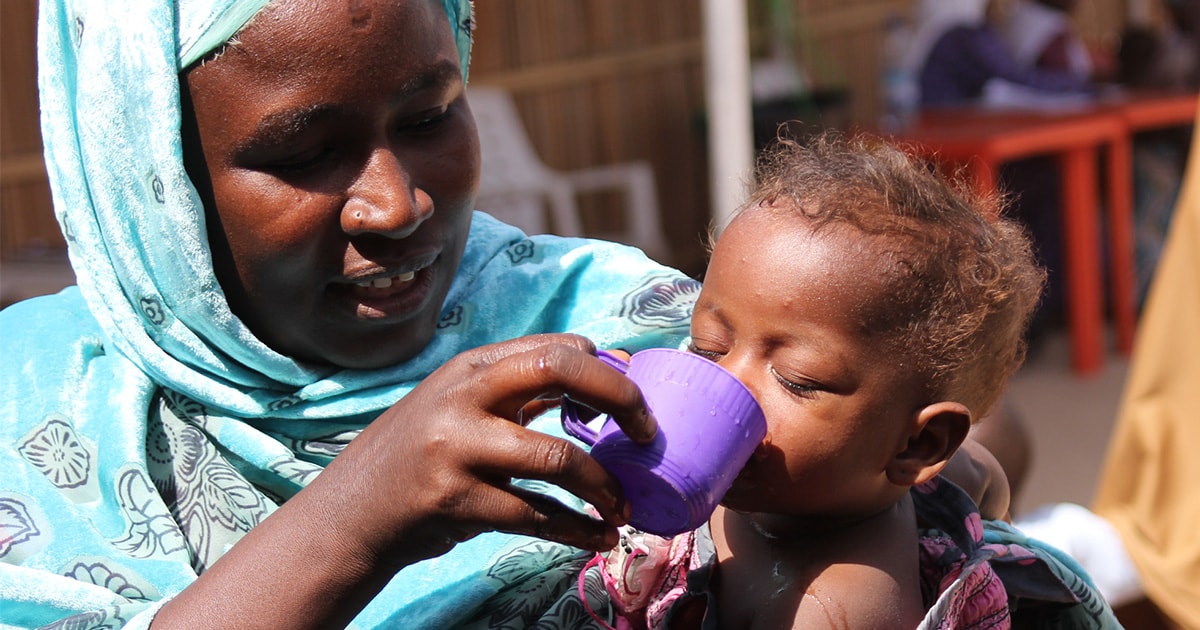Scariest Rare Diseases In The World
Many individuals worry they or their loved ones will fall victim to a rare medical disorder. Fortunately, the odds against this happening are significant. Fatal familial insomnia is the rarest of these diseases and the least manageable. This disease has no cure and always results in the death of the patient. Noma cancrum oris, or a gangrenous infection of the mouth and face, happens only under certain conditions and can be prevented with proper hygiene. Polyglandular Addison’s disease is rare and can be detrimental to a patient’s quality of life, but it is manageable with modern medicine. Leprosy also joins the ranks of illnesses that are rare and frightening but can be successfully treated. Children with Harlequin ichthyosis are not as fortunate: their sad condition is permanent and only supportive care is possible. These five diseases have fascinating histories.
Fatal Familial Insomnia

This disease is extremely rare, affecting only a handful of families around the world. Fatal familial insomnia is a prion disease, meaning it stems from malfunctioning proteins in the nervous system. These proteins become infectious, killing neurons in the brain. In this disease, the thalamus is most affected. This disease most commonly appears at midlife, around forty years old. Patients first experience insomnia that worsens over time. The patient may have phobias and panic attacks, developing into hallucinations, and eventually, the patient loses the ability to sleep. Patients also experience sweating, a rise in blood pressure and heart rate, and constipation. Symptoms gradually deteriorate into dementia, where the patient gradually loses control of their body and mind. Most patients succumb to the disease between seven months and four years after diagnosis.
Continue reading to learn more about noma cancrum oris.
Noma Cancrum Oris

Noma cancrum oris destroys the gums, mouth, and facial areas of its unfortunate sufferers. The disease produces gangrenous lesions on the face, on the gums, and inside the mouth. The disease is endemic to sub-Saharan Africa, where it affects up to seven per one thousand people. The disease most often strikes children between two and sixteen. Acute gingivitis is thought to be the precursor to the disease, and secondary bacterial infections cause the gangrene. Poverty, poor oral hygiene, and malnutrition play important roles in determining who gets this disease. Infectious diseases like measles and the oral herpes virus also play a part. Being close to livestock in unsanitary environments can exacerbate the disease.
Continue reading to discover information about polyglandular Addison's disease.
